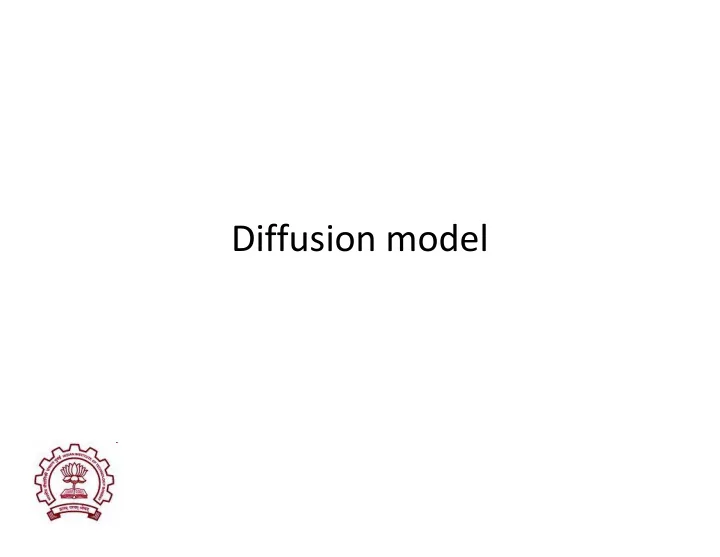

Diffusion model
Developing diffusion model: • kinetic strength of the heat cycle • The transformation of pearlite to austenite • The homogenization of austenite • Volume fraction of martensite • Hardness of transformed surface layer • Hardness of transformed surface layer
• kinetic strength of the heat cycle: • Structural changes are diffusion controlled. Transformation of pearlite to austenite , homogenization of carbon in austenite and the decomposition of austenite to ferrite and pearlite. • Extent of changes depends on kinetic strength of heat cycle. • Kinetic strength of the heat cycle is given by, Where Q = activation energy for transformation, R = gas constant. Simplifying we get where Where Tp = peak temperature, � = thermal time constant
• The transformation of pearlite to austenite • austenization process is conducted rising the temperature of bulk material 50-90 C above Ac3 temperature • Pearlite colonies first transform to austenite. Carbon diffuses outward from these transformed zones into surrounding ferrite. Ferrite (BCC) Austenite (FCC) Austenite (FCC) Martensite(BCT)
• Formulation • If the pearlite spacing within a colony is λ , carbon required sufficient time for lateral diffusion. This time is given by, • In heat cycle the quantity Dt is replaced by, • In heat cycle the quantity Dt is replaced by, = D0 So that, D0 where D0 is pre-exponential C-diffusion in austenite.
• The homogenization of austenite • Modeling carbon redistribution in austenite. • Carbon diffuses from the high to the low concentration regions, which depends on temperature and time. • The boundary region where carbon % increased is given by, • The boundary region where carbon % increased is given by, Where Ce = austenite C %(0.8% ), Cc = ferrite C % (0.05%)
• Volume fraction of martensite: • Extent of the martensite which forms when the surface layer is quenched. • Volume fraction of martensite depends on grain size and volume fraction of pearlite colonies. • Maximum volume fraction permitted by the phase diagram is, is, • Volume fraction of martensite Where fi = volume fraction of pearlite = C/0.8
Recommend
More recommend